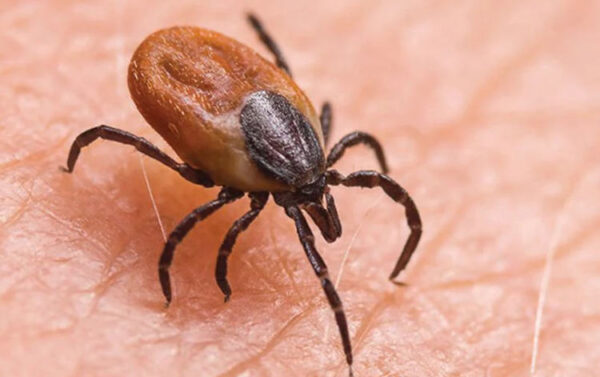Shimla News
Two people die of scrub typhus at Shimla’s IGMC, death toll rises to four
Two patients have died of scrub typhus at Shimla’s Indira Gandhi Medical College (IGMC). One of them is a 17-year-old from Mandi and the other is a 25-year-old from Kullu.

Shimla: Two patients have died of scrub typhus at Shimla’s Indira Gandhi Medical College (IGMC). One of them is a 17-year-old from Mandi and the other is a 25-year-old from Kullu. The patients were admitted to the hospital several days ago but died on Tuesday due to deterioration in their health. With this, the total number of scrub typhus deaths at IGMC has gone up to four. Two of them were earlier an elderly man from Mandi and a resident of Panthaghati in Shimla.
Senior Medical Superintendent Dr Rahul Rao confirmed the deaths and highlighted the growing concern over scrub typhus in the region. Medical professionals have urged people to remain vigilant, as early detection and prompt treatment are important in managing the disease.
What is Scrub Typhus?
Scrub typhus is a disease caused by a bacteria called Orientia tsutsugamushi, which is spread by the bite of infected chiggers (larval mites). It is most common in areas with dense vegetation, especially in rural areas where grass and weeds are abundant.
Symptoms and warning signs
The early symptoms of scrub typhus often resemble those of common viral infections, making it difficult to diagnose without a medical examination. However, doctors at IGMC have outlined the main symptoms to look out for:
- High fever
- Severe joint pain and stiffness in the body
- Body aches
- Infection in the neck
- Swollen lymph nodes, especially lumps under the arms
If someone experiences these symptoms, especially after spending time in areas with dense vegetation, they are advised to consult a doctor immediately.
Read More | Scrub typhus cases rise again in Shimla: Four patients admitted to IGMC
Preventive measures
Although there is no vaccine for scrub typhus, taking preventive measures can reduce the risk of infection to a great extent. It is important to maintain cleanliness in and around the living space. The following preventive measures are recommended:
- Personal hygiene: Regular bathing and washing clothes reduces the risk of exposure to the mites.
- Environmental hygiene: It is essential to keep the surrounding area free from weeds, grass and overgrown vegetation.
- Use of insect repellent: Applying insect repellent on exposed skin can provide protection from mite bites.
- Proper disposal of waste: Ensuring that garbage and organic waste are properly managed can help reduce the habitat of the mites.
Doctors emphasise that timely detection is crucial for survival, as untreated scrub typhus can lead to severe complications, including organ failure and death. With a rise in cases in Himachal Pradesh, especially in areas like Mandi, Kullu and Shimla, the health department is urging people to be proactive about their health and hygiene.



